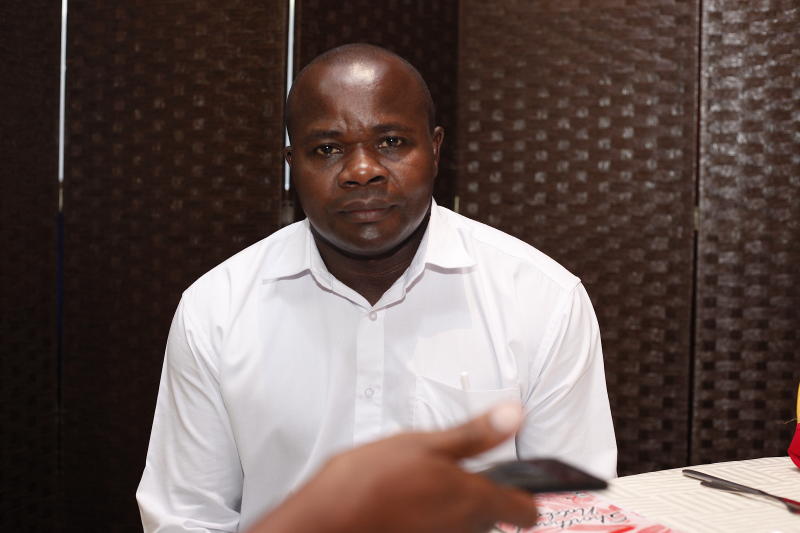×
The Standard e-Paper
Home To Bold Columnists

With more than 73,000 members, Harambee Sacco ranks as one of the three biggest societies in Kenya in terms of member deposits.
Its membership is hugely drawn from the military, National Police Service, National Youth Service, national and county governments, parastatals and departments and constitutional bodies.